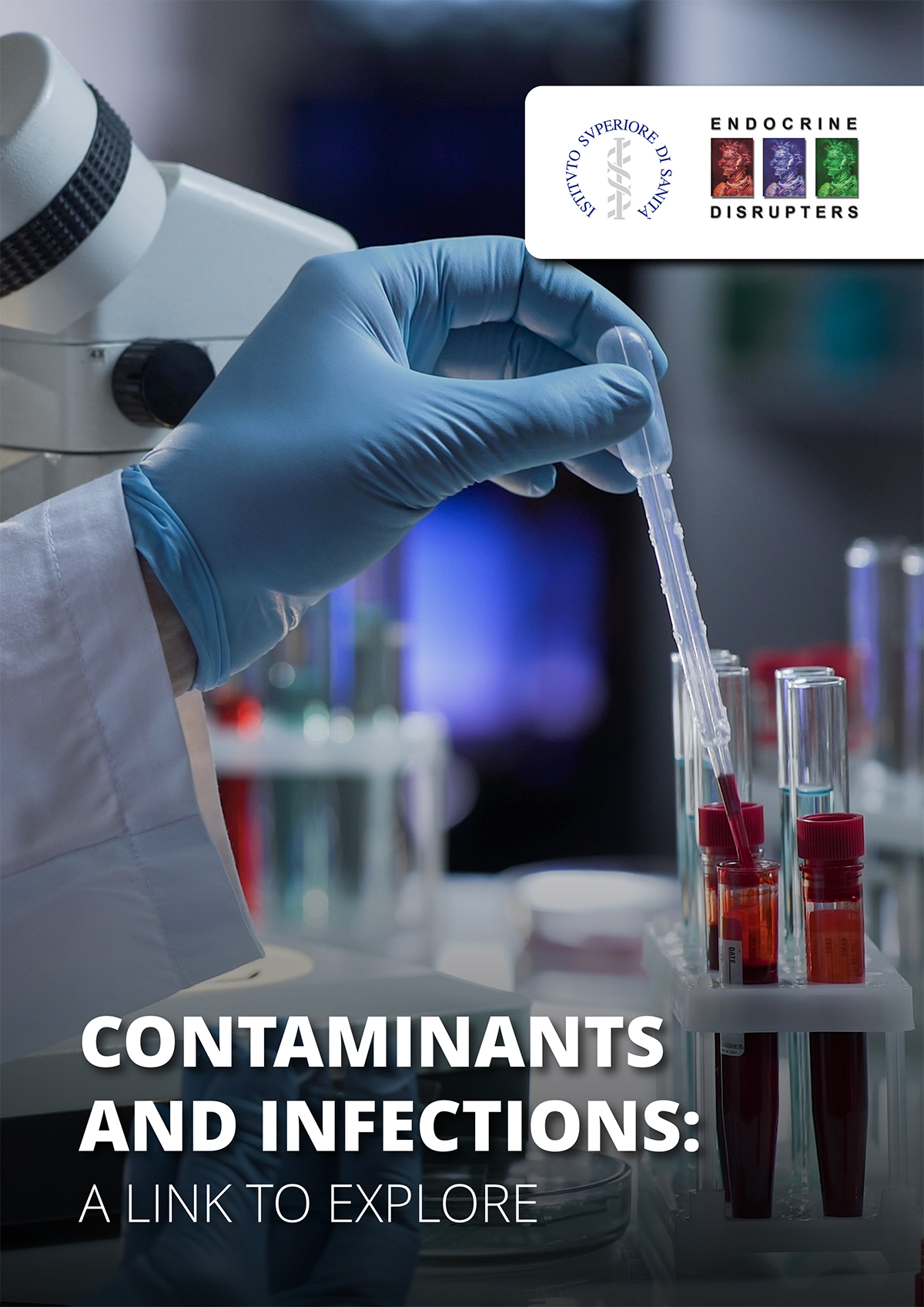Here, Alberto Mantovani of the Endocrine Disruptors Project discusses what there is to learn from the recent COVID-19 pandemic
Whilst the world is fixated on COVID-19, how it begun and how it can be stopped, this expert offers an insight into an overlooked matter – the burden of pollutants and contaminants, which can pre-determine how a body will react to a disease.
The findings of who is impacted worst by this ongoing pandemic aligns with our modern understanding of vulnerability. Individuals with low socio-economic status, individuals with comorbidities, ethnic minorities, those who work in healthcare, and increasingly, those who cannot isolate due to financial factors, again touching back upon socio-economic status.
How do widespread pollutants tilt the likelihood of catching COVID-19?
Here, there is evidence to suggest that toxicant exposures are significantly related to the severity of infectious surges. Case studies from Arctic wildlife illuminate this in greater clarity, such as polar bears and their bioaccumulation of fat-soluble persistent pollutants like polychlorinated biphenyls (PCB). Humans with accumulations of the same pollutant are likely to catch more infectious illnesses and have a lesser response to vaccines.
This can even lead to developmental immunotoxicity, occurring in the womb and after.
How can a One Health framework tackle the insidious issues of bioaccumulations like this, that damage the immune system of children and adults?
To learn more about the Endocrine Disruptors Project, and how it will challenge public threats of infection, read about it here.


